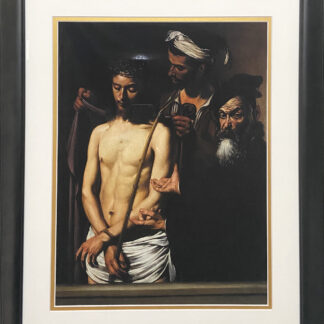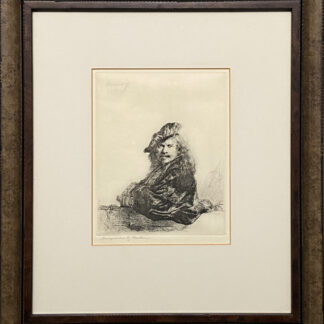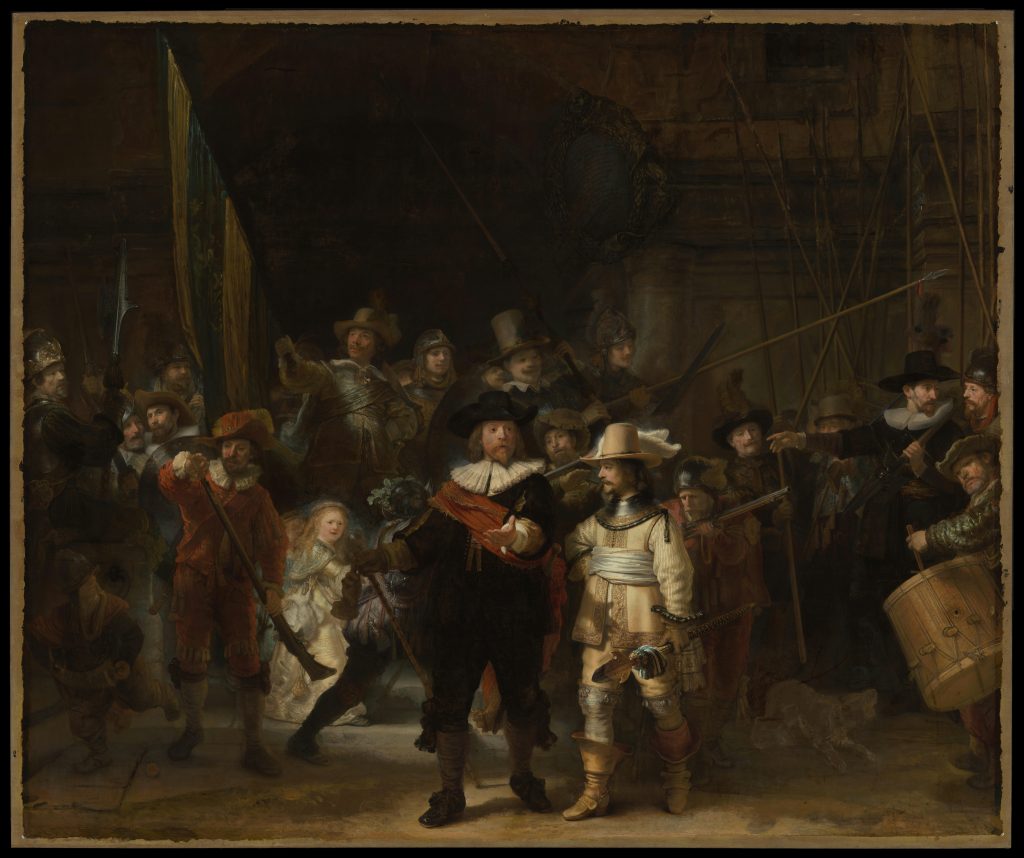The Night Watch
“The Night Watch” is a celebrated painting by the Dutch artist Rembrandt van Rijn, created in 1642. The painting is considered one of the greatest works of fine art in Dutch history, and is admired for its technical skill and innovative composition.
The painting depicts a group of soldiers preparing to march out, with their captain in the center of the composition. The figures are arranged in a dynamic and complex composition, with the captain’s figure in particular standing out with his prominent position and dramatic pose. The painting is notable for its use of light and shadow, with Rembrandt’s characteristic mastery of chiaroscuro creating a sense of depth and dimensionality in the figures.
The title of the painting is somewhat misleading, as the painting is actually a daytime scene. The name comes from the fact that the painting was darkened over time by layers of varnish, giving it a dim and shadowy appearance that was reminiscent of a night scene. The painting was later restored, revealing its true colors and brightness.
One of the most notable features of the painting is its size, measuring at 11.91 feet by 14.34 feet, making it one of the largest paintings in European art history. The sheer scale of the painting adds to its impact and grandeur, making it a truly impressive work of art.
This artwork has had a profound impact on the history of art, inspiring countless artists and art movements. Its innovative composition, use of light and shadow, and dramatic intensity continue to captivate audiences to this day. The painting is now housed in the Rijksmuseum in Amsterdam, where it remains a testament to Rembrandt’s genius as an artist and innovator.
In conclusion, this painting is a masterpiece of art that captures the power and drama of a group of soldiers preparing for battle. Rembrandt’s mastery of composition, light, and shadow, and his use of dramatic poses and gestures, creates a work of art that is both monumental and deeply emotional. The painting remains a testament to Rembrandt’s genius, and a symbol of the enduring power of art to inspire and captivate audiences across generations.
Further Reading
 Caravaggio – Ecce Homo
1 × $185.00
Caravaggio – Ecce Homo
1 × $185.00  Edward Hald - Rorstrand Painted Ceramic Vase Circa 1910-1920
1 × $2,395.00
Edward Hald - Rorstrand Painted Ceramic Vase Circa 1910-1920
1 × $2,395.00  Elizabeth Gibbs - Original Signed Water Color of House
1 × $239.00
Elizabeth Gibbs - Original Signed Water Color of House
1 × $239.00  Hendrika de Boer - Signed Vintage self Portrait Etching After Rembrandt on Paper
1 × $395.00
Hendrika de Boer - Signed Vintage self Portrait Etching After Rembrandt on Paper
1 × $395.00 
